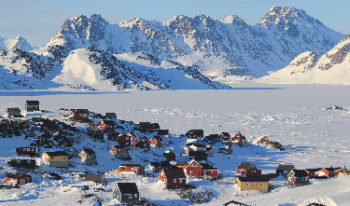 As Europe and USA brace for more frigid weather, some are asking if this is what we need to expect to cope with in the future.
As Europe and USA brace for more frigid weather, some are asking if this is what we need to expect to cope with in the future.
Now it’s clear that the recent “record warm” 2 years had little to do with CO2, and instead were almost entirely due to the well-known El-Nino phenomenon over the past two years.
And now that the recent El Nino has disappeared, temperatures globally are in a free fall and back at levels of the previous decade and indications show a further drop.
The ENSO now in cool phase
Unfortunately even that enhanced layer of CO2 we have in the atmosphere was not able to trap any of the recent heat. The 20-year pause remains pretty much intact, and will be extended as the El Nino Southern Oscillation (ENSO) hovers near the cooling La Nina territory.
Note that it will take the cooler equatorial Pacific surface temperatures a few months to make there way into the lower tropospheric satellite data. Don’t be surprised if this year we see a repeat of 1999.
Last El Nino not really warmer than 1998
Dr. Roy Spencer here wrote that 2016 will in fact NOT be statistically warmer of any significance compared to 1998.
According to global warming theory, the earth is supposed to warm some 2.0 to 4.5¬∞C by 2100, which means 0.2 ‚Äì 0.45¬∞C per decade. So shouldn’t the recent El Nino have warmed the globe some 0.4 to 0.8¬∞C more than 1998? Not even close, as the speedometer below shows! For hardcore warmists, it is increasingly becoming a huge challenge to explain the glaring lack of warming so far this century.

















